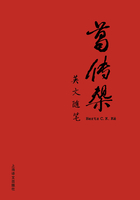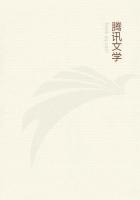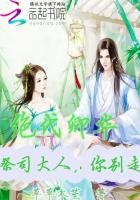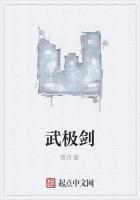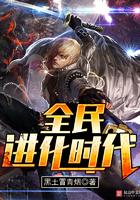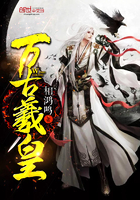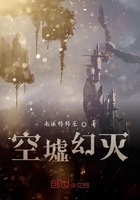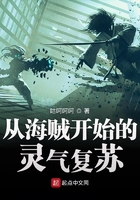Buddhism originated in India,begun by Sakyamuni.After the Buddha reached Nirvana, his disciples continued to transmit Buddhist doctrines and theteachings came into China in the first century BC.The Han Emperor Mingdi(reigned 58–75 AD),invited Buddhists from the“western regions”to live at the White Horse Temple in Luoyang,where they began to translate the“Forty-Two sutras.”This was China’s first Buddhist canon.The Eastern-Han scholar Muzi(c.170–?)swept away obstacles to the spread of Buddhism in China with his interpretation of the“spirit”of Taoism,Confucianism,and Buddhism being the same.The Indian monk Kumarajive(343–413)came to China after this and undertook the translation of a number of Buddhist works including the Diamond Sutra and the Lotus Sutra among others.Four large centers of translation were established at China’s largest cities at the time:Yecheng,Chang’an,Nanjing,and Wuwei.Buddhist doctrines achieved notable progress in the northern region of theNorthern and Southern Dynasties where the rulers ofthe Later Zhao and Early Qin were avid devotees.They liaised with high monks both inside and outside China,had sutras translated,built monasteries and temples,burned incense and prayed to the Buddha.The spread of Buddhism was not without setbacks,however.Emperor Taiwudi of Northern Wei(reigned 423–452)repressed the teachings,had believers killed,destroyed temples and inflicted considerable damage on anything Buddhist.His grandson,Xiaowendi(reigned 471–499)began to change this completely when he assumed the throne by reinstating oppressed believers.It was this emperor who decided that stone grottoes should be created outside the capital city of Pingcheng,which is the modern-day Datong.The carving of stone statues of Buddhism was considered a part of his atonement.The result was the famous Yungang Grottoes.
Buddhism was supported by a number of other devout believers among emperors after this,and other grottoes were begun,notably the stone grottoes at Longmen in Henan.In addition to the Mogao grottoes at Dunhuang,which had begun earlier,China’s largest treasury of stone artwork was completed.The Southern Emperor Liang Wudi(reigned 502–549)was an ardent believer,almost to the extent of disregarding all else.He undertook great building of Buddhist temples.The Tang-dynasty poet Du Mu wrote a poem that commemorates the building at the time,noting the 480 temples of the Southern dynasties untold numbers of towers in the rain and mists.In fact,this number greatly underestimates the total.There were more than 2,000 temples in Nanjing alone.Liang Wudi left home four times to travel as an itinerant monk,and paid so little attention to matters of court that the government was overturned.Henan King Hou Jing took advantage of the chaotic situation to lock Liang Wudi up in a tower where he simply starved to death.
The Buddhist master Bodhidharma came to China shortly after this. It was no longer possible to gain support from the emperor,so he traveled to Mt.Songshan where he sat facing a wall in profound meditation for nine years.He became known as the First Patriarch of Chan or Zen Buddhism.His robe and alms bowl were passed on to the Second Patriarch Huike,the Third Sengcan,the Fourth Daoxin,the Fifth Hongren,and the Sixth,the famous Huineng.Through their efforts,Buddhism in China advanced to a new stage.In the Tang Dynsty,Buddhism enjoyed a revival due to the work of two monks who brought sutras from India to the capital of Chang’an,where they translated them.These were the famous Faxian and Xuanzang,later immortalized in the literary work known in English as Travels to the West.The plot of that work follows the travels of Xuanzang to India,but the real Xuanzang did not have as his stalwart companions the characters of Sun Wukong(the monkey)and Zhu Bajie(the pig).After a period of intense struggles between those who opposed Buddhism and those whosupported it,acceptance of the doctrine finally gained theupper hand.The Tang Emperor Gaozong(reigned 649–683)secreted sacred remains of the Buddha in a reliquary under a temple in Shaanxi.In the 1980s,this repository of treasures under Famensi or Famen Temple in Fufeng was officially excavated and brought to light 1,300 years later.
Religion was generally not held in high regard in China.Taoism exerted a certain influence;Confucianism was not regarded as a religion.Buddhism did come to receive strong official support,however,and was in fact more widespread in China than in its country of origin.Buddhism has several distinguishing characteristics in China:first,in the process of transmission,it gradually adapted to China’s longstanding culture.Second,it was accompanied by the widespread translation of Buddhist sutras,building of temples,and carving of stone grottoes,all of which left a strong cultural legacy in China.Today,the most famous of China’s tourist sights are associated with Buddhist temples or stone grottoes.Protecting this religious cultural legacy is a common responsibility of all Chinese.China already has a number of sites that are listed as World Heritage Sites by UNESCO:The Mogao Grottoes of Dunhuang,the Potala of Lhasa,the Grottoes of Yungang,the Grottoes of Longmen,the Carvings of Dazu, and so on. These provide an arena for the appreciation of Buddhist arts by friends from all over the world.




